Understanding the Purpose of Outdoor Electrical Conduit
1. Environmental Resilience
Outdoor environments expose electrical wiring to a plethora of challenges, ranging from unpredictable weather conditions to potential physical damage. The primary purpose of outdoor electrical conduit is to act as a robust protective barrier, shielding cables from moisture, UV radiation, extreme temperatures, and external impact. By providing a durable enclosure, conduit systems safeguard cables against deterioration, corrosion, and short circuits.
2. Safety Compliance
Adherence to safety codes and regulations is imperative in any electrical installation. Outdoor conduit systems play a pivotal role in maintaining compliance by containing and protecting wires, minimizing the risk of electrical hazards. Ensuring a secure environment not only protects people but also contributes to the overall safety of wildlife in outdoor settings.
3. Durability and Longevity
The choice of materials for outdoor conduit systems is a crucial consideration. Materials such as PVC, HDPE, and rigid metal conduits are selected for their durability and ability to withstand harsh outdoor conditions. This durability translates into longevity, ensuring that the conduit system remains intact and functional over an extended period.
Types of outdoor electrical conduit
Outdoor electrical conduit comes in various types, each designed to meet specific requirements based on environmental conditions, installation methods, and the type of cables being protected. Here are some common types of outdoor electrical conduit:
1. PVC Conduit
Description: Polyvinyl Chloride (PVC) conduit is a widely used and versatile option for outdoor applications. It is resistant to moisture, sunlight, and chemicals, making it suitable for various weather conditions.
Applications: PVC conduit is commonly used for outdoor lighting, irrigation systems, and other general outdoor electrical installations.
Advantages: Lightweight, cost-effective, easy to install, and corrosion-resistant.
2. Rigid Metal Conduit (RMC)
Description: Rigid Metal Conduit, often made of steel or aluminum, is a heavy-duty option for outdoor applications that require enhanced protection. It provides excellent physical protection against impact and environmental elements.
Applications: Industrial facilities, infrastructure projects, and areas where additional durability is necessary.
Advantages: Extremely durable, provides superior physical protection, suitable for harsh outdoor conditions.
3. Intermediate Metal Conduit (IMC)
Description: Intermediate Metal Conduit is a lighter-weight alternative to RMC, offering a balance between strength and flexibility. It is made of steel and provides good protection for outdoor applications.
Applications: Outdoor wiring in commercial and industrial settings where moderate protection is required.
Advantages: More flexible than RMC while maintaining strength and durability.
4. Liquidtight Flexible Metal Conduit (LFMC)
Description: LFMC is a flexible metal conduit with a liquid-tight jacket, providing protection against moisture. It is suitable for outdoor applications where flexibility is required.
Applications: Outdoor installations where cables need protection from moisture, such as in wet or damp locations.
Advantages: Offers flexibility, resistant to liquids, suitable for outdoor environments with changing conditions.
5. High-Density Polyethylene (HDPE) Conduit
Description: HDPE conduit is made of high-density polyethylene, offering flexibility and resistance to environmental factors. It is commonly used for burying underground.
Applications: Buried outdoor applications, providing protection against soil conditions and potential impact.
Advantages: Highly flexible, resistant to corrosion, chemicals, and UV radiation.
6. Non-Metallic Conduit (NM or ENT)
Description: Non-metallic conduit is typically made of PVC or other non-metallic materials. It is suitable for various outdoor applications where metallic conduit is not required.
Applications: General outdoor electrical installations where metallic conduit is not essential.
Advantages: Lightweight, cost-effective, and easy to work with.
7. Flexible Metallic Conduit (FMC)
Description: Flexible Metallic Conduit is a metal conduit with a spiral metal core, offering flexibility. It is suitable for outdoor applications where flexibility is required.
Applications: Outdoor installations where cables need to navigate tight or curved spaces.
Advantages: Provides some level of flexibility while maintaining the benefits of a metal conduit.
Selecting the appropriate type of outdoor electrical conduit depends on factors such as the specific application, environmental conditions, and the level of protection required for the cables. Careful consideration of these factors ensures the effectiveness and longevity of the conduit system in outdoor settings.
Key Considerations in Outdoor Conduit Installation
Proper installation of outdoor conduit is crucial for ensuring the longevity, reliability, and safety of electrical systems in outdoor environments. Here are key considerations that should be taken into account during the installation of outdoor conduit:
1. Bury Depth
Consideration: The depth at which the conduit is buried is critical to protect it from external elements, including temperature variations and potential physical damage.
Best Practices: Follow local codes and regulations regarding bury depth. In general, bury conduit at a depth that provides adequate protection against frost, soil conditions, and accidental damage.
2. Conduit Sizing
Consideration: Selecting the appropriate conduit size is essential to accommodate the number and size of cables within the system. Overcrowding can lead to overheating and maintenance challenges.
Best Practices: Follow industry standards and guidelines to determine the correct conduit size based on the number and type of cables. Ensure that conduit sizing allows for future expansion if necessary.
3. Watertight Fittings
Consideration: Preventing moisture ingress is critical for the protection of cables against water-related damage. Watertight fittings are essential to maintaining the integrity of the conduit system.
Best Practices: Use fittings that provide a watertight seal at all connection points, junctions, and entry/exit points. This is particularly crucial in areas prone to heavy rainfall or where the conduit is exposed to water.
4. Conduit Supports and Fastening
Consideration: Adequate support and fastening of the conduit prevent sagging, ensure proper alignment, and protect against potential damage caused by external forces.
Best Practices: Install supports at regular intervals, following local code requirements. Use appropriate fastening methods to secure the conduit to structures, ensuring it remains in place under varying environmental conditions.
5. Expansion Joints
Consideration: Outdoor environments may experience temperature fluctuations that can cause thermal expansion and contraction of conduit systems. Failure to account for these changes can lead to conduit damage.
Best Practices: Incorporate expansion joints or flexible connectors in the conduit system to accommodate thermal movements. This helps prevent stress on the conduit and fittings.
6. Protection from Physical Damage
Consideration: Outdoor conduit systems are susceptible to physical damage from various sources, including excavation, vehicular traffic, or wildlife.
Best Practices: Install conduit in areas where it is less likely to be disturbed or damaged. Use protective measures such as conduit sleeves, concrete encasement, or conduit armor where necessary.
7. Sealing and Corrosion Protection
Consideration: Sealing and corrosion protection are crucial for maintaining the integrity of the conduit system over time, especially in corrosive environments.
Best Practices: Use appropriate sealing compounds at joints and entry points to prevent the entry of moisture and contaminants. Employ corrosion-resistant materials, such as stainless steel fittings, in corrosive environments.
8. Grounding
Consideration: Proper grounding is essential for safety and protection against electrical faults in outdoor conduit systems.
Best Practices: Follow grounding guidelines specified by local electrical codes. Ensure that metallic conduit systems are properly grounded to minimize the risk of electrical hazards.
9. Accessibility for Maintenance
Consideration: Accessibility is crucial for conducting maintenance and repairs on the conduit system without causing disruption.
Best Practices: Plan the installation to provide easy access to conduit runs, junction boxes, and other components. Consider future maintenance requirements when designing the conduit layout.
10. Documentation and Labeling
Consideration: Proper documentation and labeling help in identifying conduit runs, cables, and associated components, facilitating future maintenance and troubleshooting.
Best Practices: Create a detailed documentation system that includes conduit layouts, cable types, and any special considerations. Label conduit runs and junction boxes clearly for easy identification.
By carefully addressing these key considerations during the installation process, outdoor conduit systems can be effectively designed and implemented to withstand the challenges posed by the outdoor environment, ensuring the reliability and safety of electrical installations over the long term.
Conclusion
In conclusion, outdoor electrical conduit systems are indispensable components of modern electrical infrastructure, seamlessly integrating into the fabric of outdoor environments. By providing a resilient and protective pathway for cables, these conduit systems ensure the reliability, safety, and longevity of electrical installations in a wide array of outdoor applications. The careful selection of materials, adherence to safety standards, and meticulous installation practices collectively contribute to the success of outdoor conduit projects, making them essential for the advancement of electrical systems in the great outdoors.
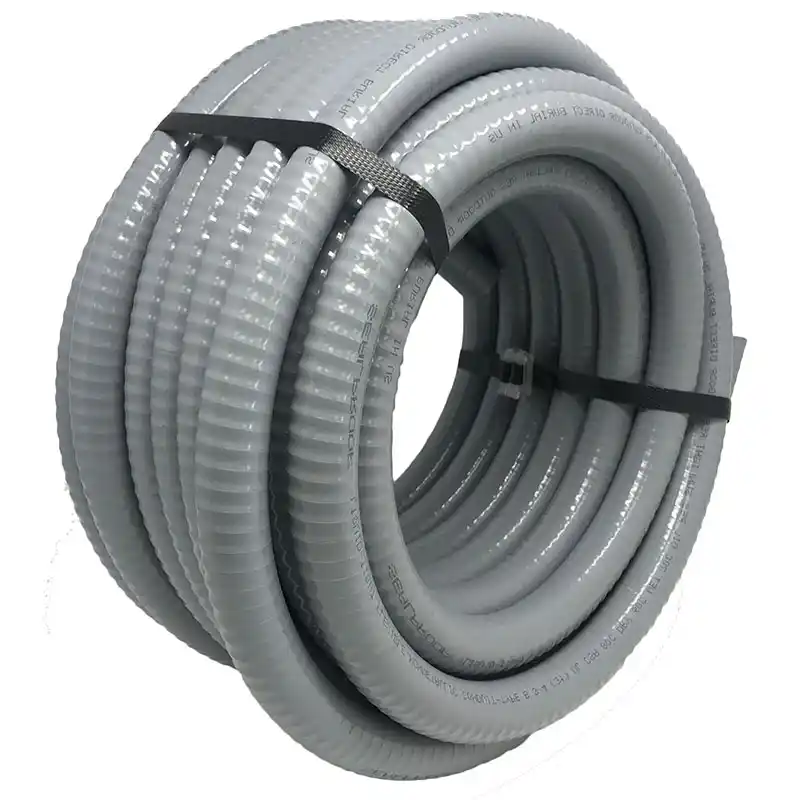
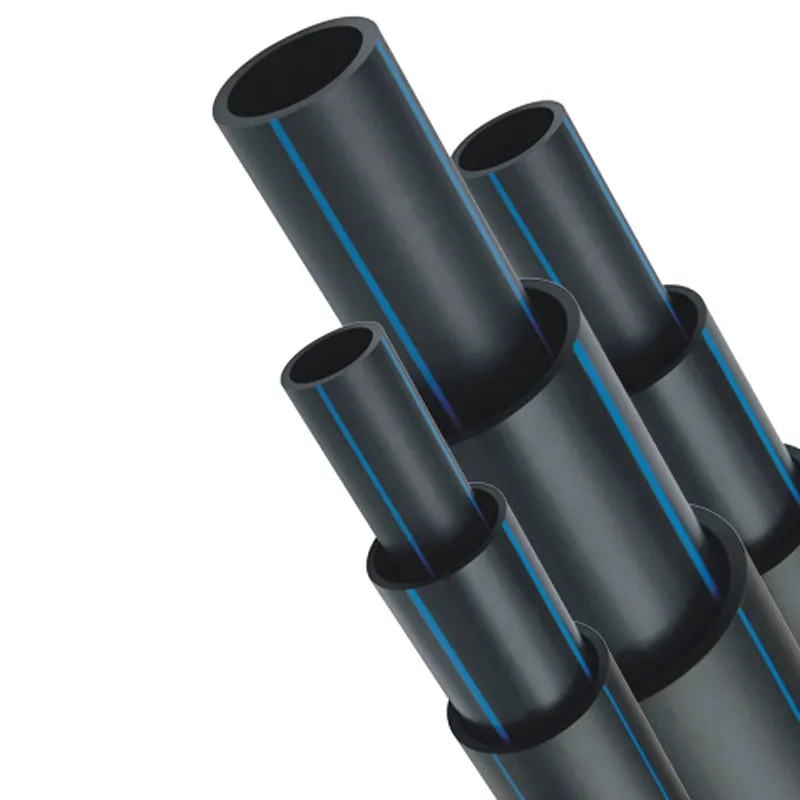
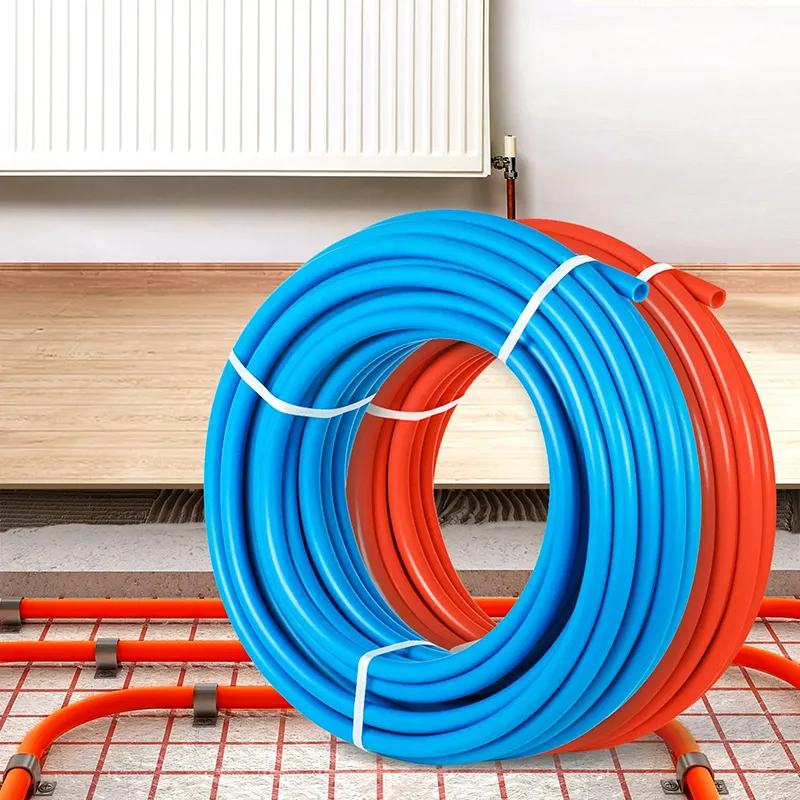
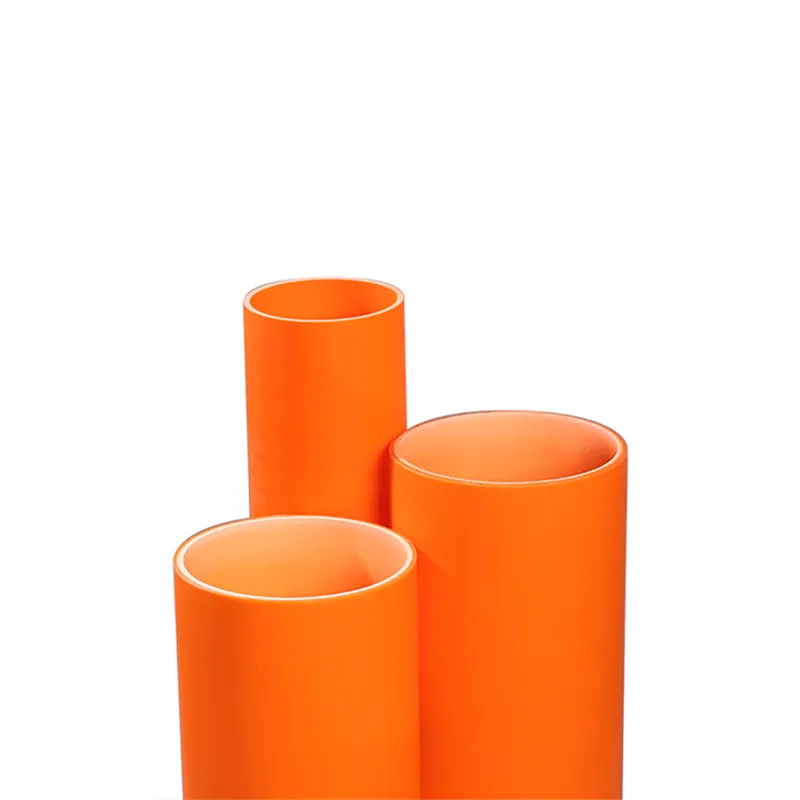
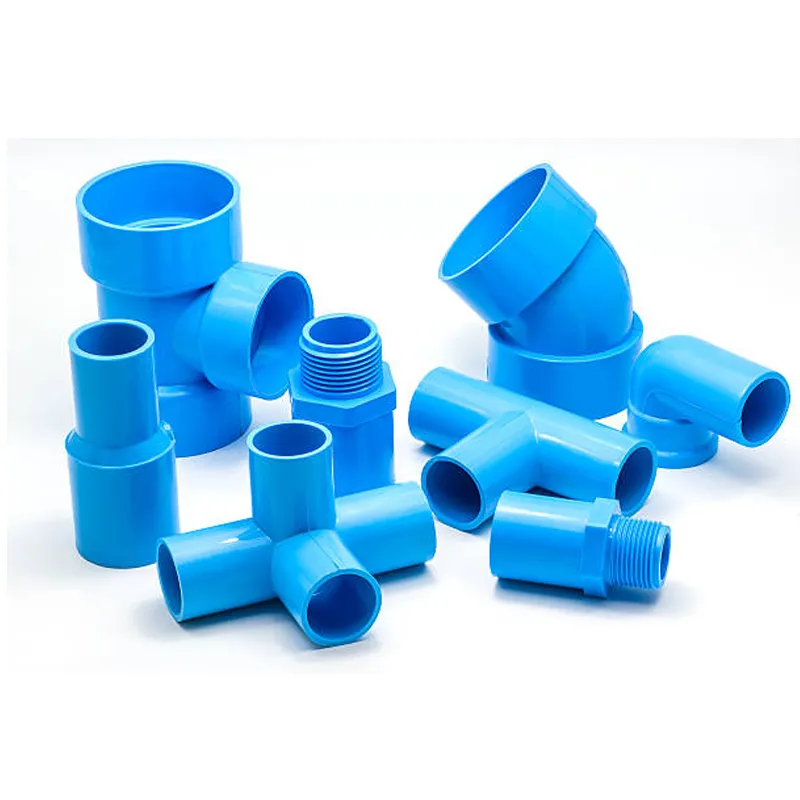
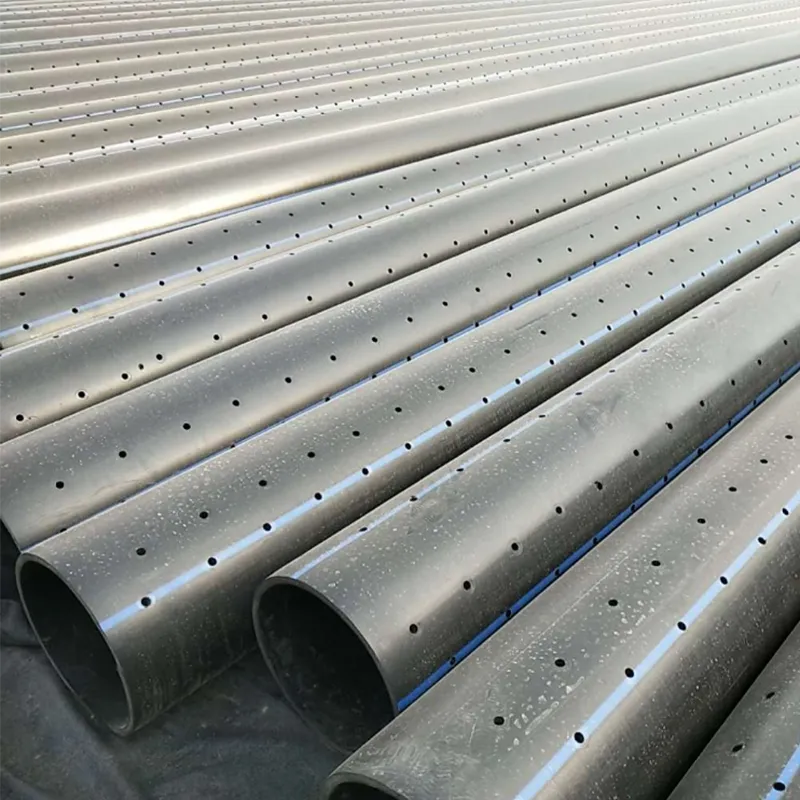
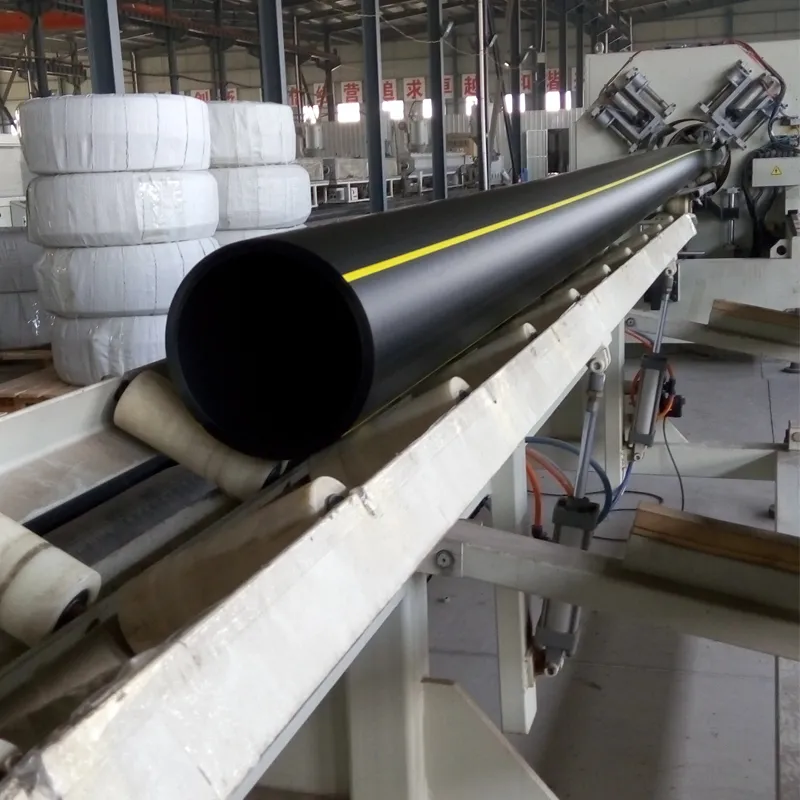
294.webp)
476.webp)
420.webp)
146.webp)
460.webp)
287.webp)
274.webp)
688.webp)


